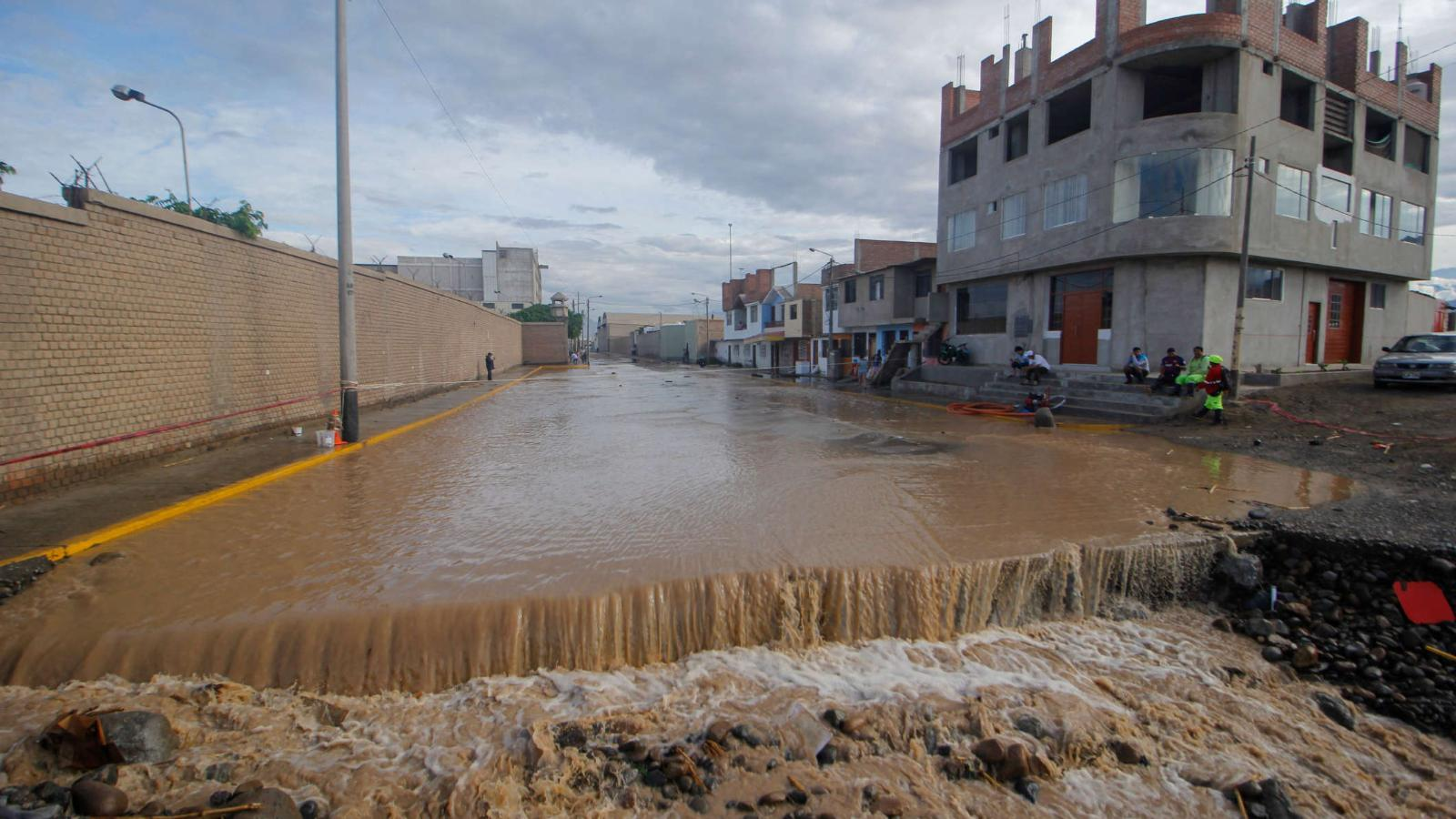Urban Mobility and Climate, Anthropogenic, and Technical Risks

Written by Philippe SOHOUENOU, PhD, Chef de projet chez RESALLIENCE & Karim SELOUANE, PhD, CEO et Fondateur de RESALLIENCE
Cities in developing countries are facing unprecedented challenges: rapid growth, ecological transition, and vulnerability to climatic events (floods, periods of drought, heatwaves, and windstorms). Therefore, to ensure effective and sustainable mobility for their residents, these cities will need to implement measures to limit the impacts of climatic events and climate change on their infrastructures and transportation systems. These measures will strengthen resilience (the ability to resist, recover, and adapt to changing conditions) of urban transportation infrastructures and systems.
The term "changing conditions" refers to extreme weather events but also events caused by humans (such as traffic accidents or sabotage) and technical failures (such as the collapse of a bridge). Considering these various risks—natural, anthropogenic, and technical—is important because they can accumulate and disrupt in their entirety, through a domino effect, the uses and functionalities of urban systems. Thus, it is impossible to anticipate all possible damage scenarios for a given location. In this regard, the lessons learned from the 2016 floods in the Seine and Loire basins emphasise the need to integrate uncertainty and the dynamics of hazards continually and to modify the forecasts of SCHAPI (Central Service of Hydrometeorology and Support for Flood Forecasting) to incorporate new information and correct their diagnoses (CGEDD, 2017). However, the scales of analysis and interdependence are key to achieving this.
Cost Incurred by Non-Resilient Infrastructure
In practice, the consequences of a non-resilient transportation system can be understood through its cost to society. The cost of repairing damaged infrastructure is one of the costs incurred by extreme events. For example, the UK Department of Transport (2014) estimated that the floods in July 2007 resulted in repair costs between £40 and £60 million (€46 to €70 million). Similarly, the damage to transport infrastructure in Ouagadougou (Burkina Faso) during the September 2009 floods was estimated at 4.9 billion CFA francs (€7.5 million) by the World Bank (2011).
In addition to damage and repair costs, congestion and impacts on mobility are worrying consequences of failures. Failures often lead to road closures, disruptions in traffic, or metro line closures for several days or even weeks in some areas and on certain routes. According to the European Conference of Road Directors (2009), these events are responsible for 10 to 25% of road congestion in Europe and constitute the largest single cause of journey unreliability.
The effects of climate change also affect active modes of transportation. For example, walking and cycling conditions change significantly in the case of heavy rains, floods, or heat waves, reducing the possibility of using these modes of transportation. To promote further sustainable transportation and the implementation of climate change mitigation measures, it is essential that these also include adaptation measures.
Solutions and Barriers to Strengthening the Resilience of Infrastructure and Transportation Systems
It appears necessary for mobility stakeholders to mobilise to anticipate better the risks facing transportation systems. The first step is to be aware of the need to adapt infrastructure and transportation systems to climate change now and improve knowledge of the risks they face. However, on a political and financial level, there are several obstacles to investing in resilience: (i) the lack of capacity of national and especially local authorities to plan, finance, and implement resilience projects; (ii) difficulties related to project preparation, especially the initial cost; (iii) a lack of trust from the private sector.
Some initiatives are already underway. RESALLIENCE (a consultancy dedicated to adapting projects, cities, territories, infrastructures, and their uses to climate change) works closely with MobiliseYourCity, CODATU, and GloblaABC (Global Alliance for Buildings and Construction) to implement a project funded by ADEME (Agency for Ecological Transition) aimed at influencing long-term decision-making and integrating adaptation to climate change. This project seeks to identify principles that cities and countries can follow to succeed in adapting urban mobility systems to climate change. Additionally, guidelines will be developed to integrate climate change adaptation into mobility planning instruments, such as urban mobility plans. These guidelines will rely, among other things, on the "10 principles for effective action" for building adaptation (2021) from GlobalABC to propose an approach that combines mobility, transportation, and the built environment.
With the development and dissemination of these products, we hope to support the visibility of actions that allow urban mobility systems to adapt to climate change. We also aim to contribute to the training of local authorities in cities and countries that are members of MobiliseYourCity.